An ancient energy technique
According to ancient Chinese beliefs, animals practiced massage long before humans did. They used it for comfort, grooming, and even healing. It was therefore only natural that humans, due to their animal instincts, used massage on themselves, their children, or their partners. We are all familiar with the reflex to immediately rub an area of our own body after receiving a blow.
Thus, Chinese massage is considered to be the oldest branch of Chinese medicine. Massage techniques have evolved; they have been refined and systematized over the centuries. Tuī Ná is the culmination of this science, born from this natural instinctive gesture.
Ancient writings dating back to the Shang Dynasty (1800 BCE) describe massage methods for treating infants.
The most famous ancient text on Traditional Chinese Medicine (TCM), Huang Di Nei Jing (The Yellow Emperor’s Classic of Internal Medicine), completed between the first century BCE and the first century CE, includes passages on the use of these massage techniques and their use in the treatment of certain diseases.
Chinese massage is listed as a major treatment method. Since the Wei and Jin dynasties (220–420 CE), Tuī Ná massage departments have been official specialties in the Chinese government’s healthcare system.
A branch of TCM
Tuī Ná, literally pushing (tui – 推) and grasping (na – 拿), is a discipline in its own right within Traditional Chinese Medicine (TCM). It is sometimes also referred to as An Mo (按摩), which refers to massage in general and means “to calm through touch.”
Tuī Ná massage therefore follows the Taoist principles that form the basis of this medicine, which is based on energy balance.
The practice of Tuī Ná is therefore specific to China and takes into account meridians and acupuncture points. Tuī Ná comprises around thirty techniques and maneuvers that aim to either disperse energy blockages or stimulate or tone the qi or vital energy.
These techniques include “mo fa,” which means circular rubbing, “Ya fa,” or overpressure, and “ma fa,” which means wiping (or rubbing). It also includes massage of certain acupuncture points (acupressure), as well as stretching and joint mobilization techniques.
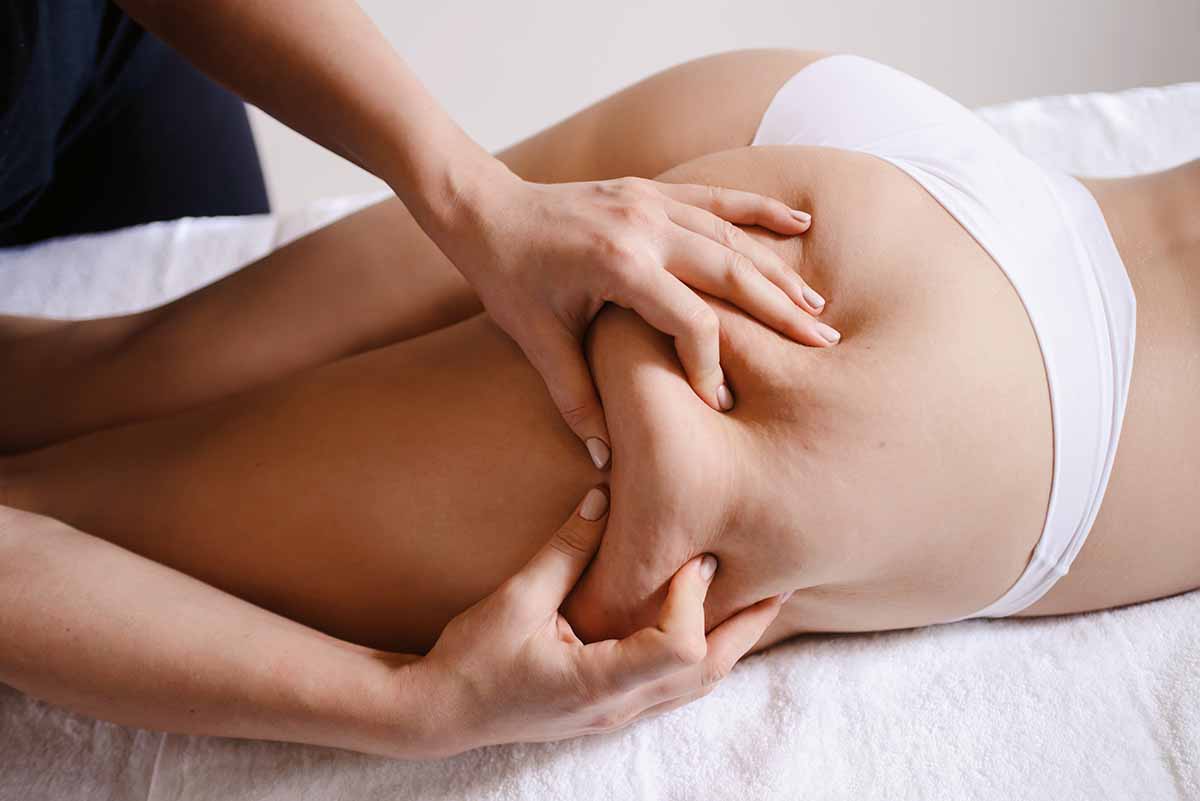
This massage, by acting on reflex zones, has the effect of balancing and stimulating both the body and mind. Its goal is to circulate and rebalance energies, which also has an impact on emotional balance since, in TCM, everything is connected. Any muscle or ligament tension will cause an energy blockage, affecting the free flow of qi and therefore overall health. Similarly, strong emotional stress can eventually lead to energy blockages and even muscle tension. This can cause pain.
Numerous health benefits
Tuī Ná massage is generally performed without oil, sometimes over clothing or through a piece of cotton fabric. It promotes healthy organ function, particularly through acupuncture points, thereby preventing illness. It is also effective in reducing or even eliminating muscle and joint pain.
According to modern research, Tuī Ná is a therapy that regulates the circulatory, respiratory, endocrine, immune, and nervous systems. It also aids digestion and improves muscle and skin metabolism.
It has been shown to be effective in, among other things:
- Alleviating the symptoms of Parkinson’s disease
- Reducing pain associated with fibromyalgia
- Improving dizziness associated with cervical osteoarthritis
- Relieving the symptoms of primary dysmenorrhea
- Contributing to the treatment of cervical radiculopathy
The qualities of a Tuī Ná practitioner
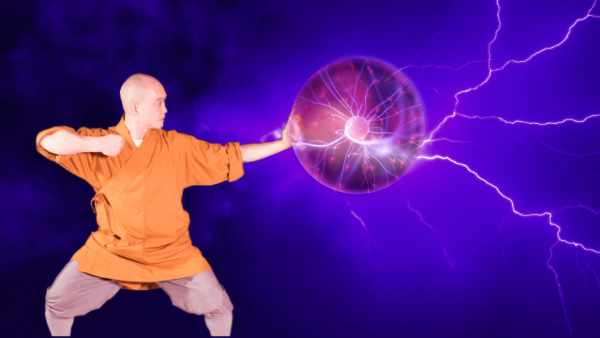
It is difficult to explain in technical terms what makes a good Tuī Ná, because it is related to energy.
This is why Tuī Ná practitioners must train for several years to integrate this energetic dimension.
According to the tradition of Chinese medicine, they must first develop their energy through disciplines such as qi gong, tai chi, and even kung fu. These practices allow them to optimize their own vital energy and refine their sensitivity to perceive and identify the energies around them.
They will spend time in nature, learning to understand the language of plants. They will also learn to understand and use the healing energy of sacred places. Over time, they will be able to sense stagnations of energy, as well as blood.
A good Tuī Ná massage depends on the practitioner’s energy, their sensitivity, and their ability to transmit energy. This requires them to be firmly grounded, with flexible and relaxed joints, in order to ensure good energy flow. They must breathe deeply and fully from the abdomen. If they are tense, they will not be able to provide the same quality of energy. Their whole body is engaged in the massage.
This is why a good Tuī Ná massage is a truly therapeutic tool that works deeply. Even though it is often painful, it is nonetheless beneficial.
Awaken the Tuī Ná masseur within you
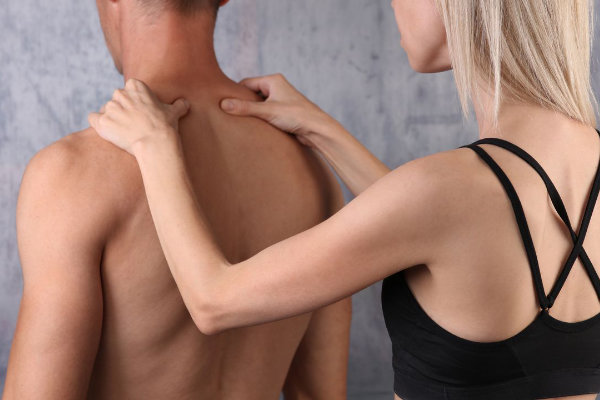
We encourage everyone to find ultimate happiness. Since massage is instinctive and natural, why not give it a try? We suggest you start by working on deep relaxation and breathing. To do this, you can practice tai chi, qi gong, or any other practice that brings you to mindfulness.
At the same time, you can start practicing Tuī Ná with your loved ones. To do this, put on loose-fitting clothes, release all your tension, and start with one technique. Don’t exceed ten minutes at first. Then debrief with your partner so that they can verbalize their feelings.
You can get inspiration from this simple video. Feel free to spend time in nature or with your favorite animal before practicing Tuī Ná. Practicing this art will change how you feel and help you reconnect with yourself. This will gradually improve your health.
Never practice Tuī Ná in the following cases:
- When you are in a bad mood or upset
- After an argument
- When you are feeling very sad or angry
- Immediately after your secular work
- When you are ill
This list is not exhaustive. As you will have understood, massage is an exchange. It is therefore with a beautiful disposition of heart that you will offer the best to those around you… and to yourself.

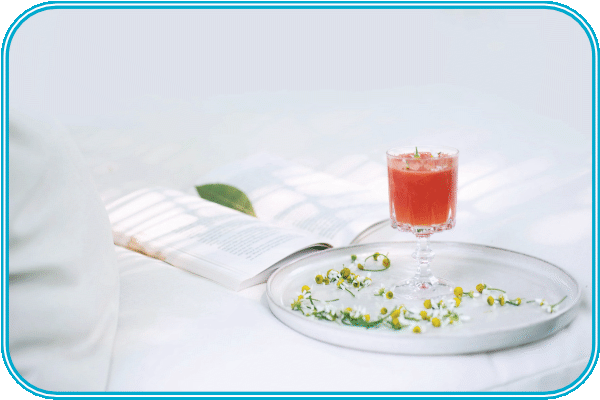
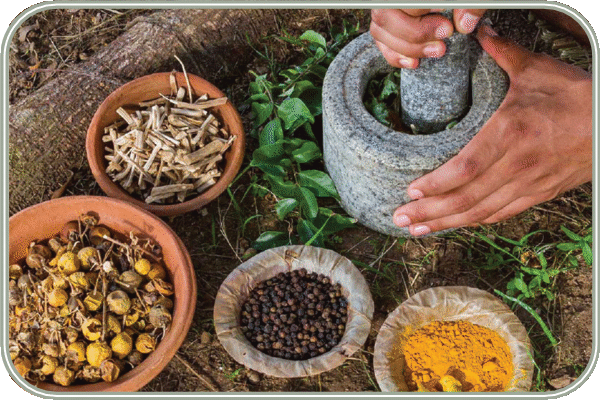
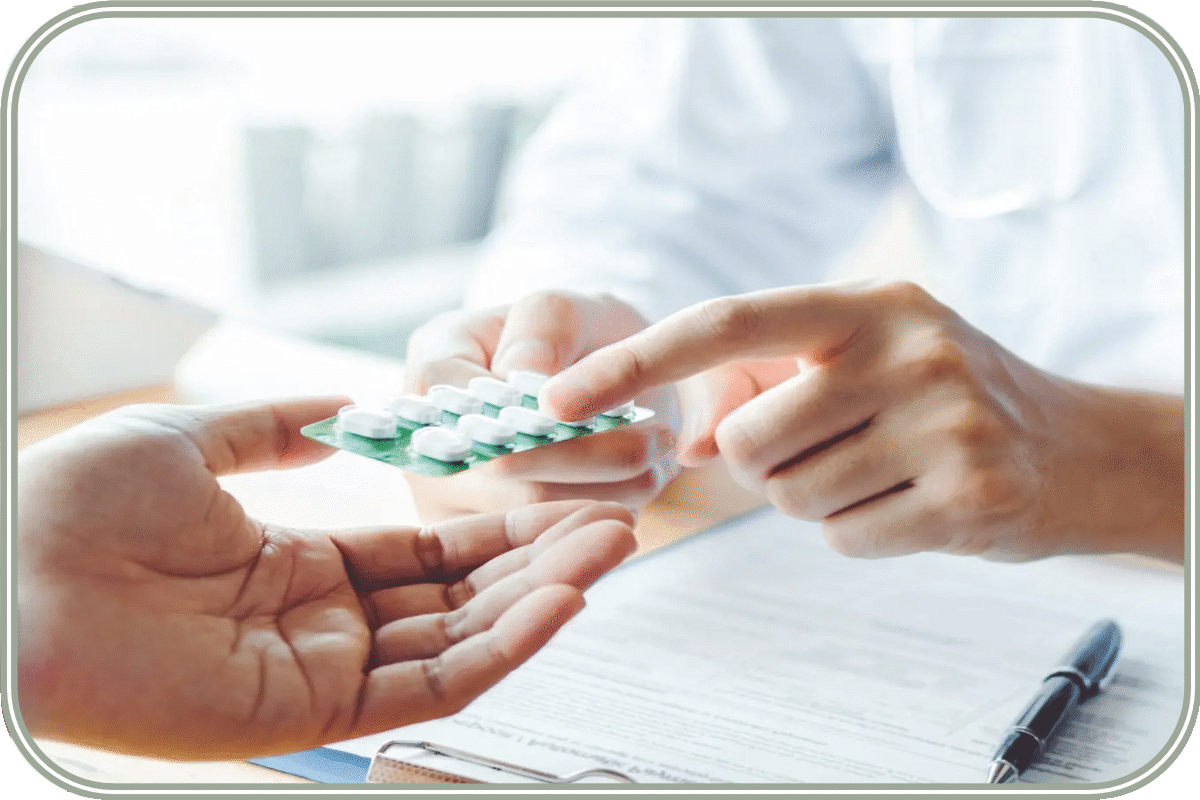
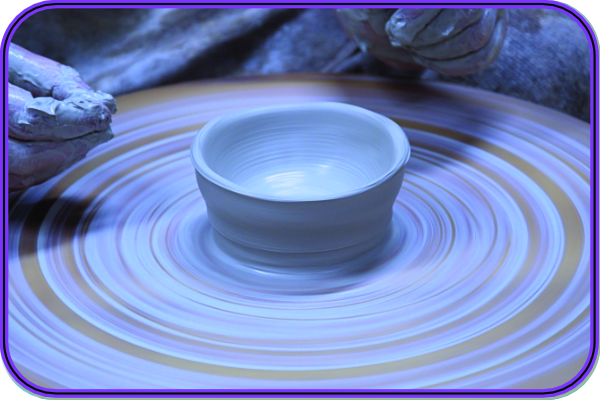
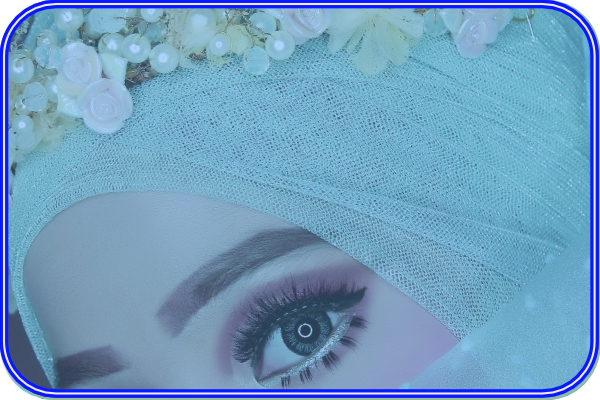
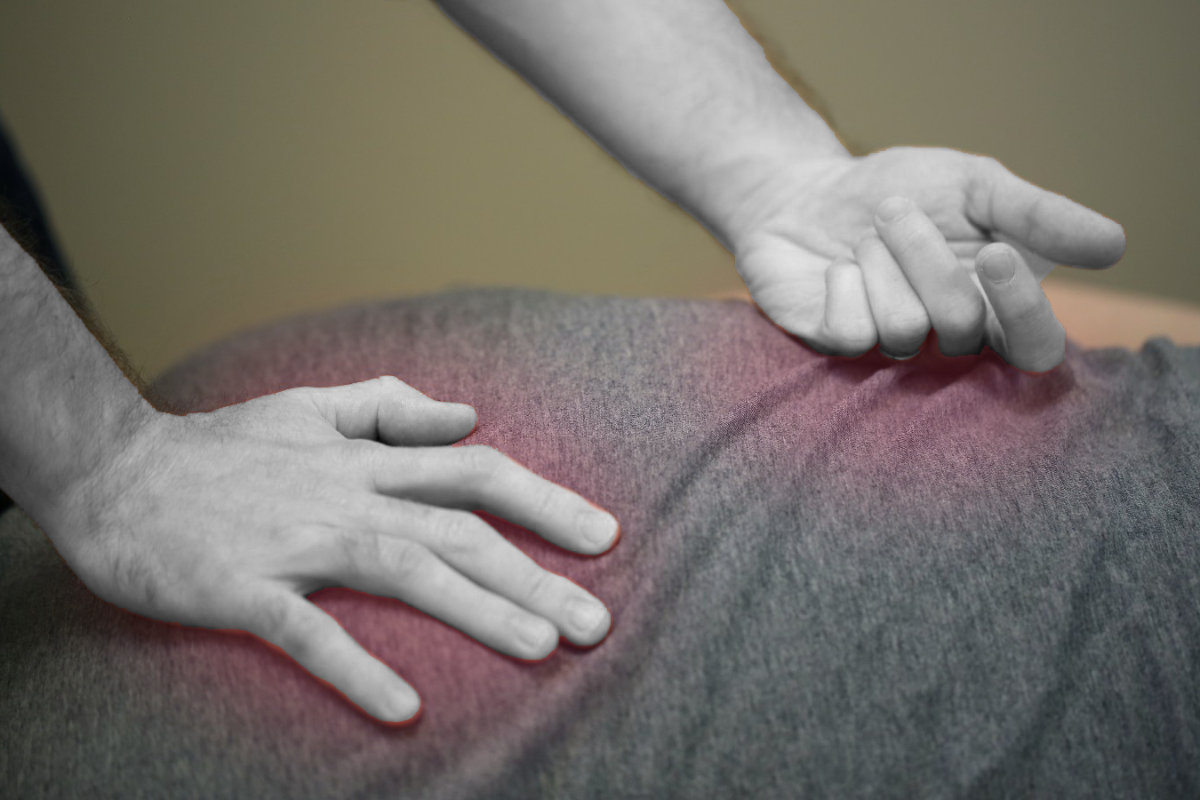
0 Comments